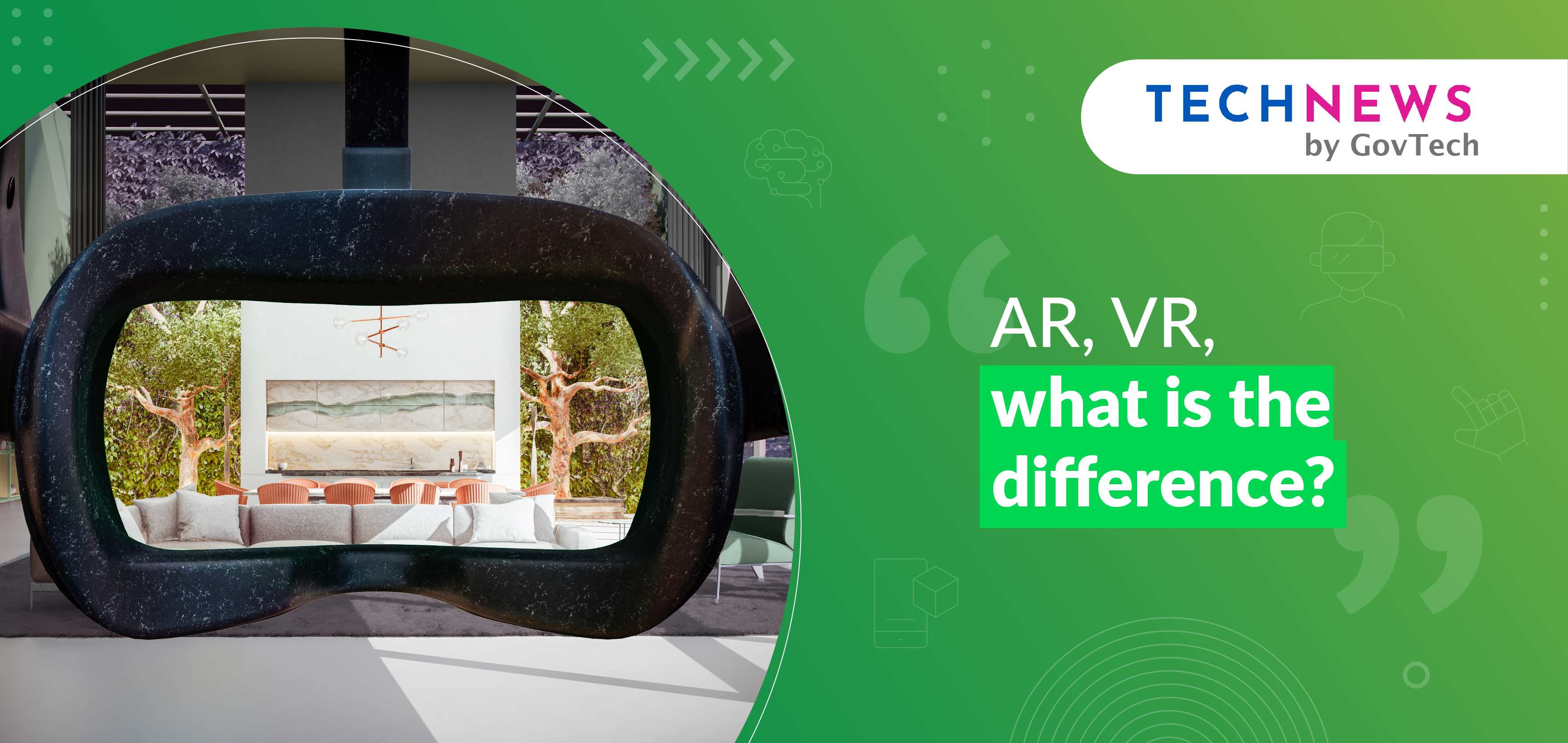Virtual Past, Augmented Future: The Journey from VR Man to Tomorrow's Tech

A long, long time ago in 1998, a series called “VR Man” graced the silver screen in Singapore.
VR Man, Singapore’s first superhero – played by 90s heartthrob James Lye – got his name from his primary power: The ability to project ‘Virtual Reality’ objects into the real world – aka ‘Virping.’
But here’s the thing: by today’s standards, the name ‘VR Man’ would probably have left many confused. Why? Because strictly speaking, his powers would be considered AR, or Augmented Reality.
Of course, ‘AR Man’ doesn’t have quite the same ring to it, huh? Not to mention AR wasn’t a popular term in 1998.
Well, if all you know about VR are vague notions of the clunky, goofy-looking goggles, and if AR is just as foreign a concept, then you’ve come to the right place.
Here, we explain and demystify both terms and discuss what the future holds.
What is the difference between VR and AR?
- What is the origin story of VR?
- What about the origin story of AR?
- But what is the difference between AR and VR?
- How about some real-life examples of both pieces of technology being used?
- What does the future hold for these tools
1. What is the origin story of VR?
In 1965, computer scientist Ivan Sutherland articulated the concept of an “ultimate display” where a head-mounted display could simulate reality to the point where one could not differentiate it from actual reality.
Three years later, he created the first such head-mounted display that was connected to a computer. Called the Sword of Damocles, it was suspended from the ceiling (hence earning its moniker) and was strapped to the user, who could then view rudimentary computer-generated graphics of wireframe rooms and objects.
This was technically the first attempt at VR.
In Sutherland’s own words:
“The ultimate display would, of course, be a room within which the computer can control the existence of matter. A chair displayed in such a room would be good enough to sit in. Handcuffs displayed in such a room would be confining, and a bullet displayed in such a room would be fatal. With appropriate programming such a display could literally be the Wonderland into which Alice walked.”
2. What about the origin story of AR?
The term was coined in 1990 by a couple of Boeing researchers who came up with an idea to replace the use of large plywood boards containing wiring instructions for different aircraft being built.
They suggested a head-mounted display for construction workers that projected the cable positions onto multipurpose, reusable boards, kickstarting the use of AR in industrial settings.
3. But what is the difference between AR and VR?
VR immerses users in a completely artificial, computer-generated environment. Those goggles are big and clunky for a reason – they cover the user’s entire field of vision so that he or she is transported to a simulated world, complete with interactive elements and environments. The user’s body movements are tracked and the visual display is adjusted accordingly.
On the other hand, instead of presenting a completely digital environment, AR overlays digital information into the real world. This enhances the user’s perception of everyday scenes by adding images and videos to their field of view.
AR is usually experienced through the cameras in mobile devices or specially designed AR glasses.
A prominent example of AR is the Pokemon Go game, where players can spot and catch Pokemon by pointing their phone cameras at their surroundings.
In addition, VR is well-suited for transplanting a user into a completely fictional, digital world, and so has uses in gaming and simulation. On the other hand, AR shines when interacting with the real world, so education and navigation are instances where it can prove useful.
4. How about some real-life examples of both pieces of technology being used?
For starters, there is a long line of VR products in the realm of gaming, such as the PlayStation VR headset, and also the Oculus series of headsets for PC gaming.
VR is also being used for better healthcare outcomes in the medical industry. Surgeons at the George Washington University Hospital in the US use an advanced virtual reality tool to explore a patient’s brain and body before operating.
VR headsets have also proven to be effective in diminishing pain and anxiety in patients as they undergo procedures such as wound cleaning and injections.
As for AR, museums have been using the technology to enliven their displays and tell more vivid stories.
In 2017, the National Museum of Singapore used AR to give a sense of what the building used to look like and some of the exhibits it housed. Visitors were given smartphones that they could use to view certain artefacts such as a 42-feet-long Indian Fin Whale skeleton!
In 2022, there was even an AR tour of what Singapore will be like in 2122 if sea levels rise and flood the island.
Most recently, Google’s ARCore partnered with the Singapore Tourism Board using Google’s new Geospatial Creator in Unity to create an immersive, AR guided tour.
Users get to follow Merli, Singapore’s tourism mascot, on an immersive tour of Singapore’s iconic landmarks! Attractions include Merlion Park, Victoria Concert Hall, and Maxwell Food Centre.
Education is another field to which AR can be applied.
For example, Apple offers suggested lesson plans to accompany the use of AR with iPads. Having trouble with geometry? Perhaps creating 3D shapes that students can walk around will help them better visualise mathematical concepts.
The technology has also been used to convey the dramatic effects of climate change through a project titled Unmoored. Using the HoloLens headset and a custom mobile phone AR app, visitors to New York City’s Times Square can experience what it’s like for that iconic space to be completely submerged in water.
Finally, one thing that needs to be said is that as technology improves, our idea of what counts as virtual reality evolves as well. For example, some 1990s arcade classics, Virtua Cop and Virtua Fighter, might have been considered as shining examples of VR in the past.
(Of course, no marketer would slap the word “virtua” (L or no L) on these titles today.)
5. What does the future hold for these tools?
What do sci-fi films depict when they want to deliver a sense that future societies have reached a super advanced state of technology?
Floating screens that can be manipulated with gestures, a la the hit movie Minority Report!
Well, that future may just be around the corner judging from this AR laptop that packs a virtual 100-inch screen that can display multiple windows and apps. What’s more, it doesn’t require massive hardware, consisting of a pair of AR glasses connected to a keyboard with a touchpad.
More recently, Meta CEO Mark Zuckerberg also posted a video on Instagram, teasing VR tech that can turn any flat surface into a virtual keyboard.
With so many players vying to make VR and AR more a part of everyday life, we can be sure that these technologies will continue advancing, whether or not newly launched Apple’s Vision Pro proves to be a hit.
Cool – any parting words before I go try out some VR/AR?
As mentioned above, technology is ever-changing and hence what counts as VR and AR evolves too. Try not to get caught up in strict definitions as the lines between VR and AR blur over time.
Most importantly, go out there and have fun with VR and AR! Nothing beats first-hand experience with a pair of VR goggles or peering through an AR camera lens.
You’ll end up learning even more about these pieces of technology than what this article can teach you. And then you can start imagining the possibilities and potential of a digital reality!



